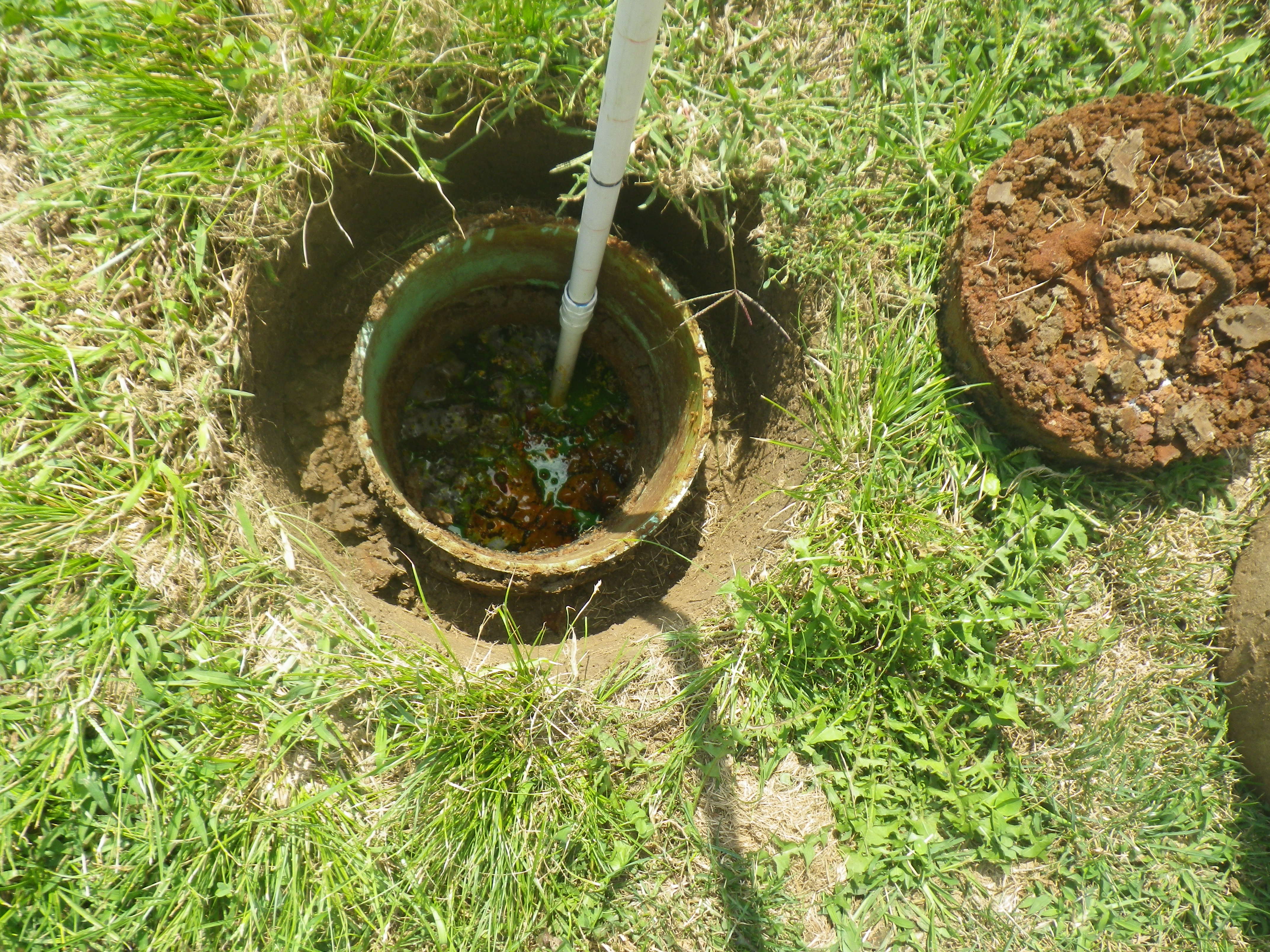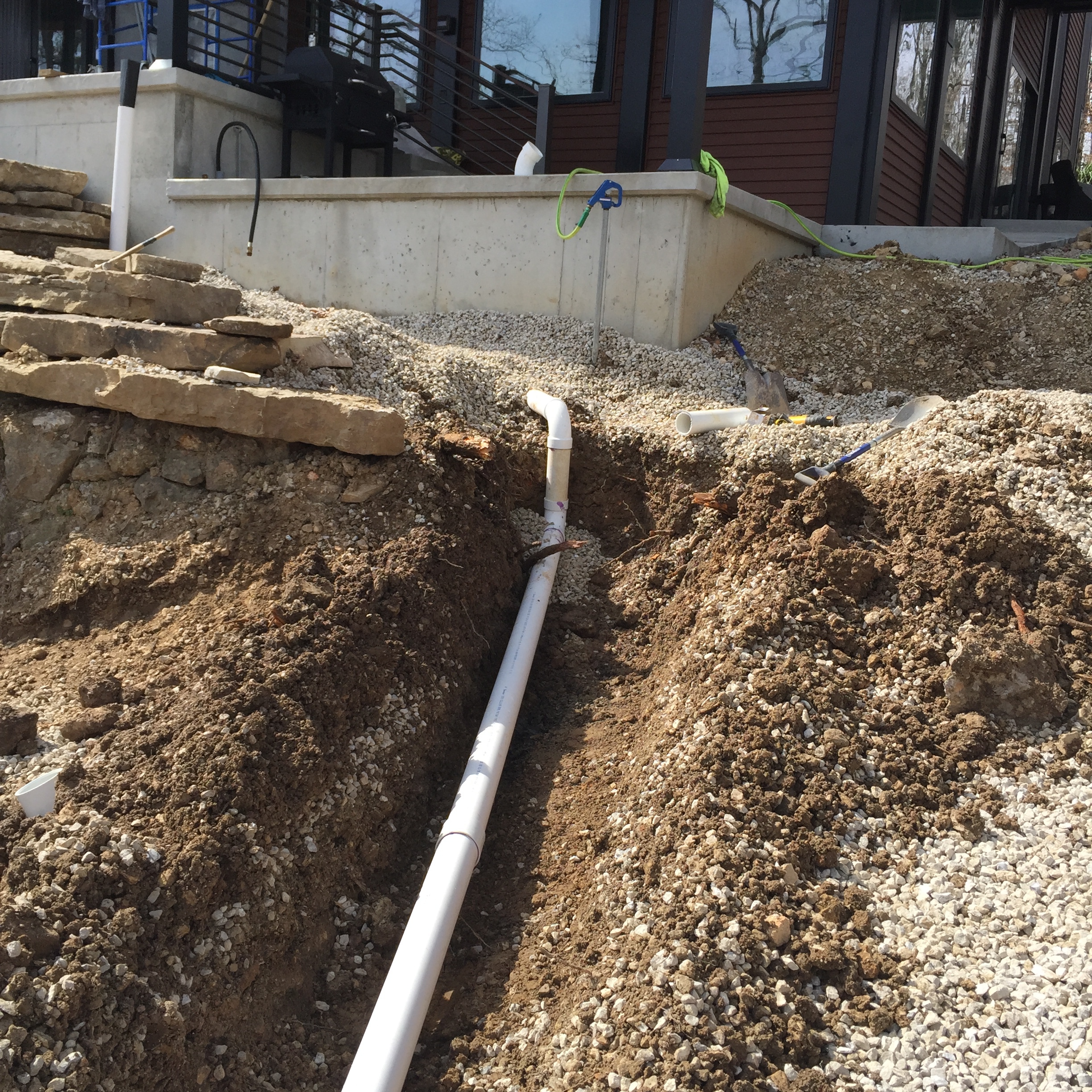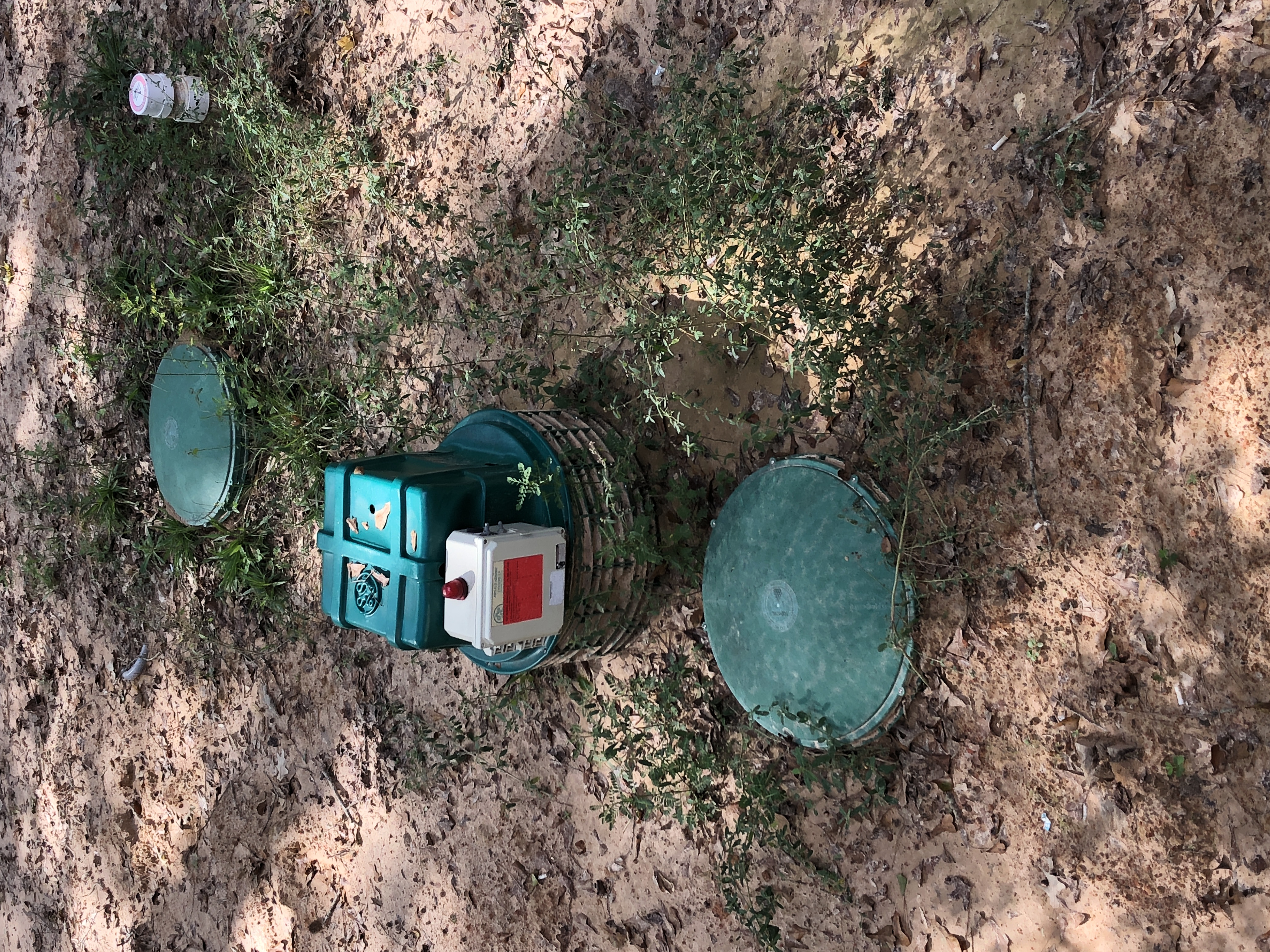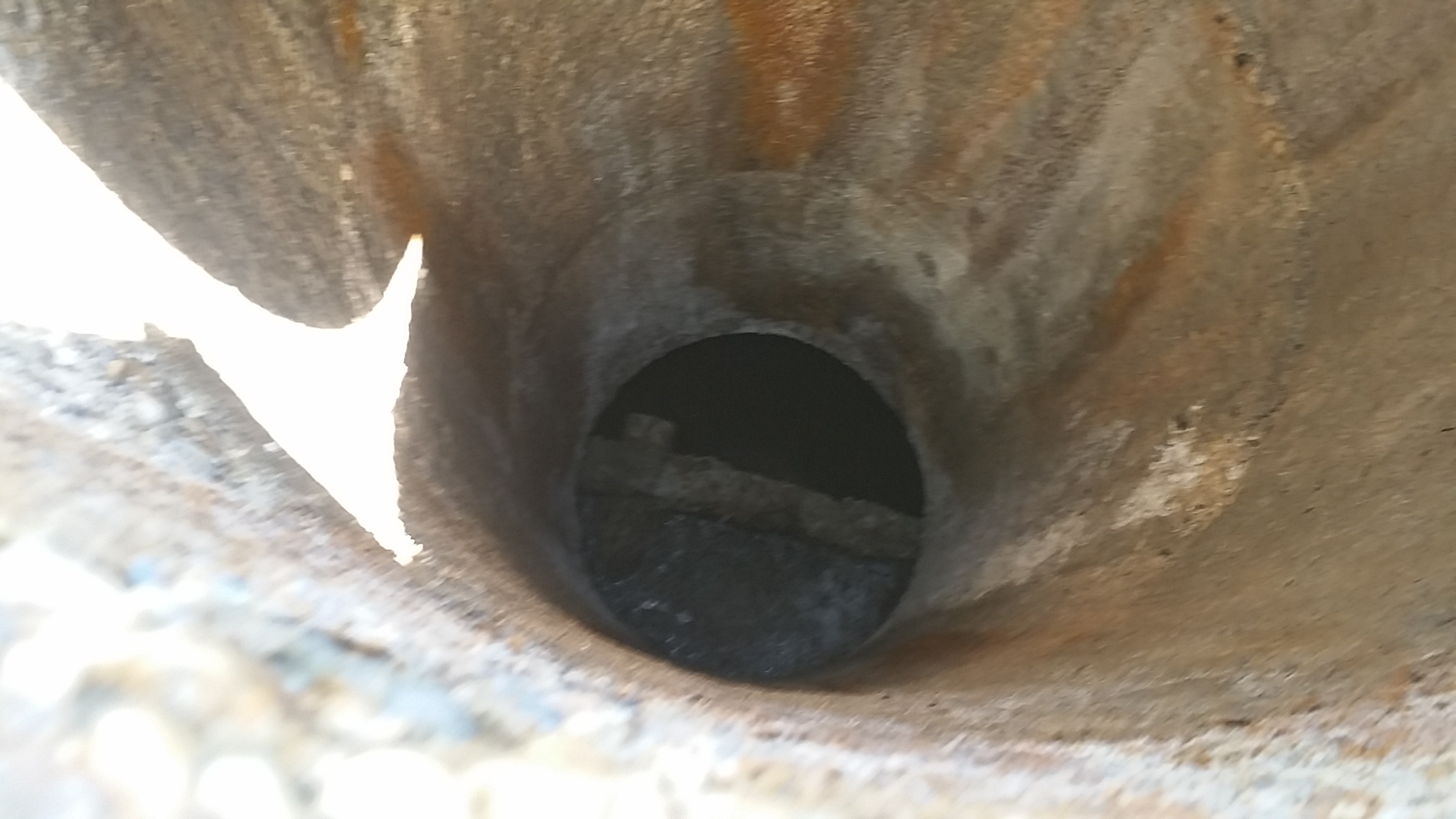This report is over the article Septic System Inspections. It was a good overview of a septic inspection. It recommended having the tank inspected once a year. The level at which the tank should be pumped is before the sludge equals 1/3 of the tanks total volume. No liquid waste should be surfacing.
A septic system visual inspection and stress test inspection was performed. The septic tank was accessed and visually inspected for water depth and volume of solids within the septic tank. The tank was visually inspected and probed several times throughout the test to determine overall depths within the tank. Liquid tracer dye was introduced into the drainage system or within the tank at the beginning of the septic system inspection for visual monitoring of potential leach field concerns. A septic system stress test was performed by allowing approximately 300-400 gallons of water to be flushed through the septic drain system and leach field. The septic system leach field was observed and inspected for potential surface leakage concerns.
The article I read was septic inspections. The article covers how to inspect the septic system as well as describing the components. It also describes several hazards when inspecting septic tanks such as only a licensed professional should enter the tank with approved equipment due to noxious fumes like methane.
The condition of the septic tank baffles tells you what has been happening in the septic system. The photo shows a badly deteriorated concrete septic tank baffle. Details of the septic tank baffle repair, involving installing a PVC tee in this septic tank.

A conventional absorption field usually involves a roof plumbing stack, perforated pipe, septic tank, absorption field, and crushed modified stone for a base layer. The perforated pipe will help distribute the remains throughout the field. The stone will help any water accumulation and also add substantial structural support.
Here you can see that the septic system has failed. The effluent has completely backed up in the absorbtion area and as you can see it has also completely flooded the septic tank. There were no alarms in place to give the home owners a warning of a system failure.

Microbes in the soil digest and remove most contaminants from wastewater before it eventually reaches groundwater. The septic tank is a buried, watertight container typically made of concrete, fiberglass, or polyethylene. It holds the wastewater long enough to allow solids to settle out (forming sludge), and oil and grease to float to the surface
Septic system
The attached photo is a typical septic system. This photo shows the normal components of most septic systems. Those components are the lines coming from house, septic tank, distribution box and absorption field. Its important to inspect all systems as best as possible to ensure an accurate account of the system.

Electrical panel access
When it comes to inspecting electrical panels. There are minimum clearances that must be met for safety and maintenance reasons. First there must be at least 3 feet of clearance extending out from the electrical main panel with 6 1/2 feet high and 30 inches wide. These are standards for a 600v or less service.
This photo shows a 4" PVC Schedule 40 drain line directing water from gutter drains of home located in a trench. This hillside home is new construction and the work being performed is prior to the installation of concrete driveway. Notice the depth required to allow for proper slope for correct draining. This pipe continues until a point downhill where it reaches daylight and drains.
An article on EPDM which is a synthetic rubber used to cover low-slope roofs. Produced by numerous manufactures, commonly available in thicknesses from 45mils to 60mils. EPDM has a perm rating of 1 or less, making it a moisture barrier instead of a moisture retarder. EPDM is known as a single ply roofing system which performs especially well in cold weather.
There are two types of septic systems. Anerobic which is the type of system that relies strictly on micro organizms to deteriorate waste. The other type of systen is aerobic which is a system that usually relies on some type of pumping station to allow air into the seperate the solids and effluent
I conducted a home inspection this week and was also hired to conduct a septic system inspection. I was unable to complete the full inspection because I was not able to locate the septic tank. Apparently in the 20 years the house has stood nobody has had the tanks pumped! I poked around for about 30 minutes looking for the lid but I was unable to locate it. It is frustrating when you hired to do a job but are not able to due to lack of homeowner maintenance!

I like the consumer targeted septic system article. It provides a lot of good information for the first time owners of septic systems and even the veteran owners who may have forgotten some of the basic things. I especially like the don’t plant things near or on the system and tank!
Ready to get down and dirty in the septic systems course.
The attached image is an overhead view of an aerobic 3 tank system. On top of the outlet riser is the control panel for the aerator pump and for the distribution pump. The first riser is the solid tank, the second riser is the liquid tank and the third riser is the d-tank. In this system, the d-tank also provides an additional level of sanitation by adding bleach through the PVC access point. This system is pressurized and discharges via lawn irrigation sprinkler system.
The image I studied was the Septic Stack Effect. The image illustrates a downward slope and the layers of soil at a cross section. The effluent is “stacked” in 3 or more layers as it is released into the leach field from the distribution pipes. As it flows downhill these layers run off above the restrictive layer of soil.
This is a dual(2) compartment septic tank which is gravity feed into a absorbtion field, on the house side of the tank is the solid waste compartment which collects household waste, as the the waste breaks down into effluent and rises, sludge will settle on the tank bottom and scum will form on the top layer of the effluent, once the effluent reaches the outlet tee to the second compartment effluent will continue to collect until it is diverted to the absorbtion field. This septic tank appears to be functioning as designed.
The septic tank is located under a raised deck, this situation is not desirable as proper inspection and servicing of the septic tank and it’s components becomes very difficult. Septic tanks requires pumping service every 2 to 3 years, the deck could restrict access to the tank by the service company. With out proper tank maintenance this can lead to pre-mature failure of the septic system.
This is a picture of a new two chamber septic system. In this type of system one chamber holds the three layers which is the sludge layer, the clear zone, and the scum layer. The effluent get pushed out of the first chamber and gets stored in the second chamber. This is a picture of a sanitary tee with an effluent filter.




